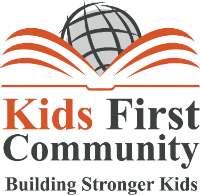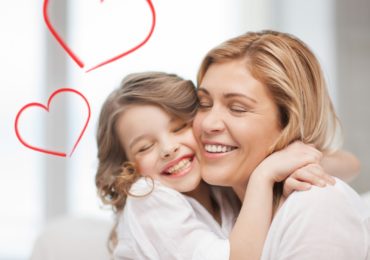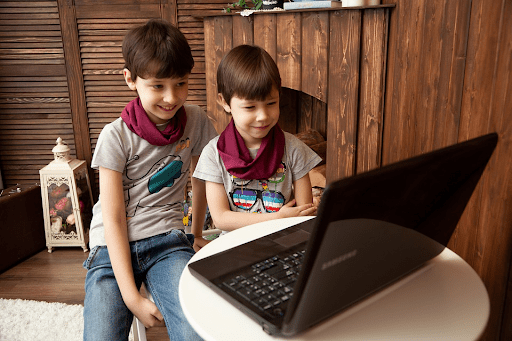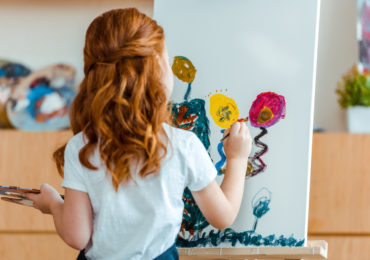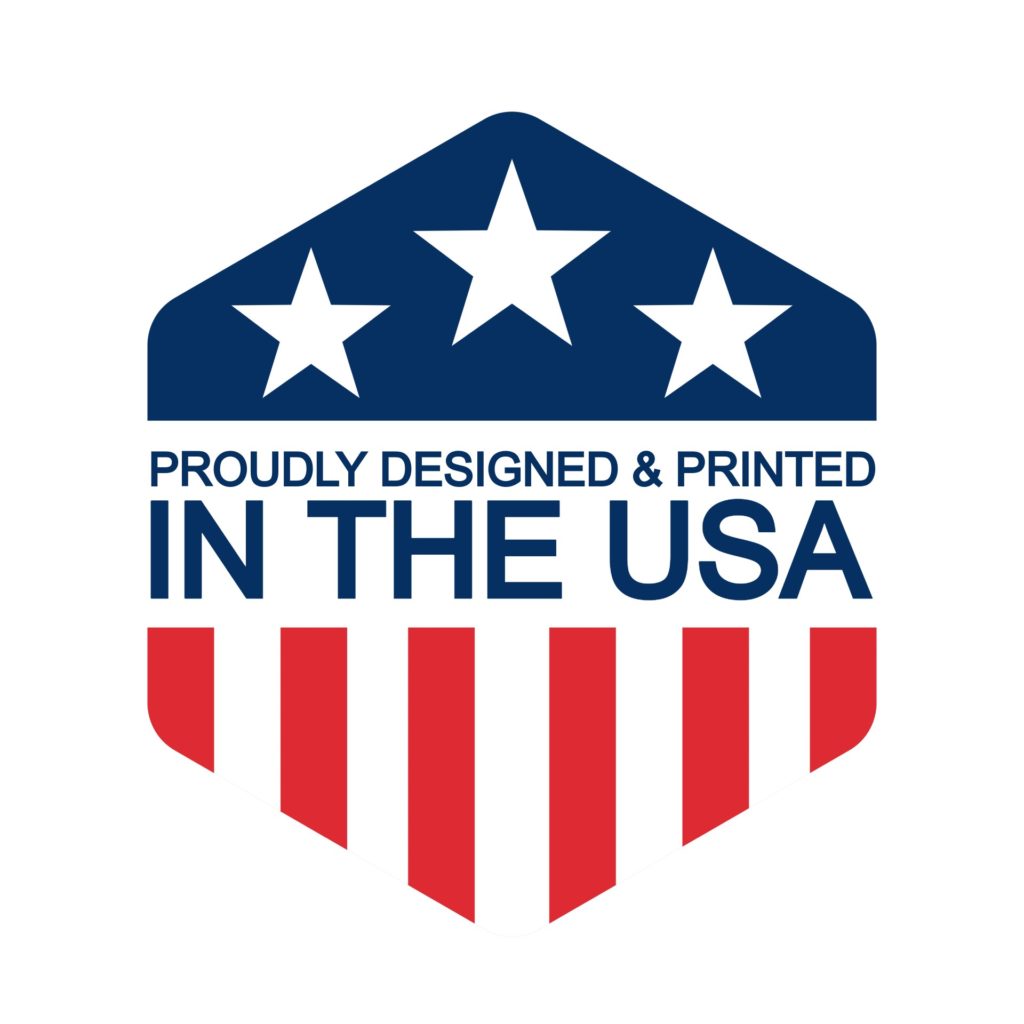A lice infestation can be a complicated issue to treat, both because lice are tenacious and they bring a heavy stigma with them. While you’re treating lice at home, it’s important to be thorough in your methods, but be sensitive to the way your child feels about their current condition.
Take the following steps to ensure effective lice treatment in both a medical and emotional sense.
Easing the Embarrassment
It’s normal for children (and their parents) to feel embarrassed when head lice are discovered, mostly due to the common misconception that lice only inhabit “dirty” hair. If your child is feeling down about having lice, set the record straight by explaining that anyone can fall victim to lice infestations. Hair length, thickness, and cleanliness make no difference to lice looking for a place to lay eggs.
Lice Treatment
Lice treatment involves more than just your child’s hair, as lice can migrate to clothing, furniture, and hair care products. As such, lice treatment will require several steps:
-
- Wash all of the clothing, bedding, and furniture covers that your child came into contact with in the past week, and use hot water to do so. Lice and their eggs die when exposed to 130-degree temperatures.
- Items that can’t be washed in hot water should be air sealed in large plastic bags for two weeks to suffocate any lice or nits (eggs) that may be inhabiting the fabric.
- Vacuum your floors, upholstery, and other fabrics to remove any residual hairs.
- Apply an OTC or prescription lice treatment to your child’s hair and follow the provided instructions carefully.
- Comb any dead lice or eggs from your child’s hair.
It’s typically recommended to perform a second scalp treatment 10 days after the first treatment to make sure all of the lice are dead.
Preventing Lice Exposure
Once your child no longer has lice, it’s important to teach them a few safety measures they can take to avoid future exposure. Unlike some conditions that only strike once, lice can inhabit a person’s scalp multiple times.
Remind your child to avoid head-to-head contact with others, sharing clothing, and using any of the same hair tools or products (combs, hair ties, etc.).
Dealing with lice can be incredibly unpleasant, both for the child affected and the rest of your household. Keep in mind that it’s common, and try to keep a positive outlook on the ordeal for your child’s sake.
